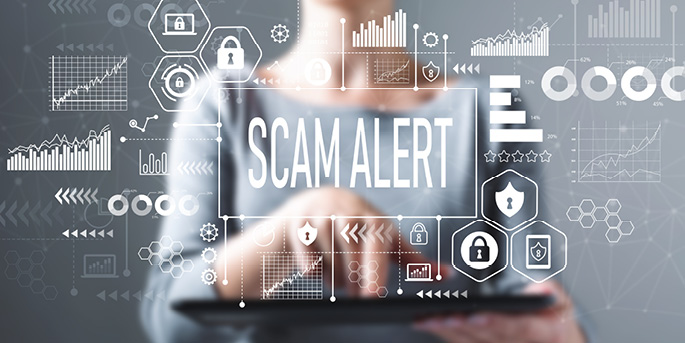The Importance of Fraud Risk Management: How to Identify Invoice Scams
Minute Read

Invoice fraud involves submitting fake or illegitimate invoices, often with convincing documentation, to trick you into making an unauthorized payment. Fraudsters will take steps to make their fake communications appear to be coming from a trusted vendor.
These invoice scams target businesses of all sizes, causing substantial financial damage if not detected in a timely manner. They may also cause reputation damage and sometimes legal complications.
One common invoice scam involves an account takeover, where a scammer gains control of a vendor’s email address or even their billing system. These cybercriminals will send emails to your business that appear to come from trusted sources and legitimate vendors. The emails might contain fake invoices or claim that the vendor's banking details have changed, providing you with instructions to direct payments to the fraudster's account.
To be successful, these fraudsters take advantage of weaknesses in your accounts payable practices. To safeguard your business from invoice fraud, it is imperative to educate yourself and your employees on how to recognize these scams and implement preventive measures.
Watch out for the following red flags and ways to identify these scams:
- Be cautious of payment changes
- In instances of invoice fraud, payment instructions will often be changed to an Automated Clearing House (ACH), or a wire transfer, so the fraudster can quickly collect and move funds. A change in payment instructions is one of the biggest red flags, so be sure to reach out to a trusted contact with your vendor to confirm any requested changes.
- Don’t react to urgency
- There should be few surprises when it comes to processing invoices as there are typically a set of clear expectations, dates and payment processes. If someone is pressuring you to make a payment to avoid legal consequences or rushing you to make a payment, pause before you send any payments.
- Identify discrepancies
- Compare the vendor information and payment details on invoices with the information you have on file. It should match an open order in your master file.
- Check for unusual formatting
- Look for formatting that seems off compared to what is typically received from that vendor. If the invoice resembles a template obtained from Google Images, has grammar issues or contains inconsistent fonts or spacing, it is likely a fraudster trying to gain your information.
Your best defense against these scams is a strong verification process for handling invoices. Be sure to educate your employees on invoice scams. Most importantly, when in doubt, pick up the phone and contact your vendor directly to confirm they sent the invoice. Always reach out to your vendor through a trusted contact source. By better understanding invoice fraud, your business can be better equipped to detect and prevent these scams.


